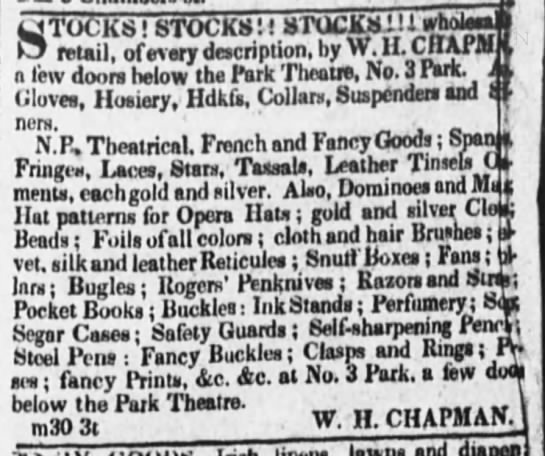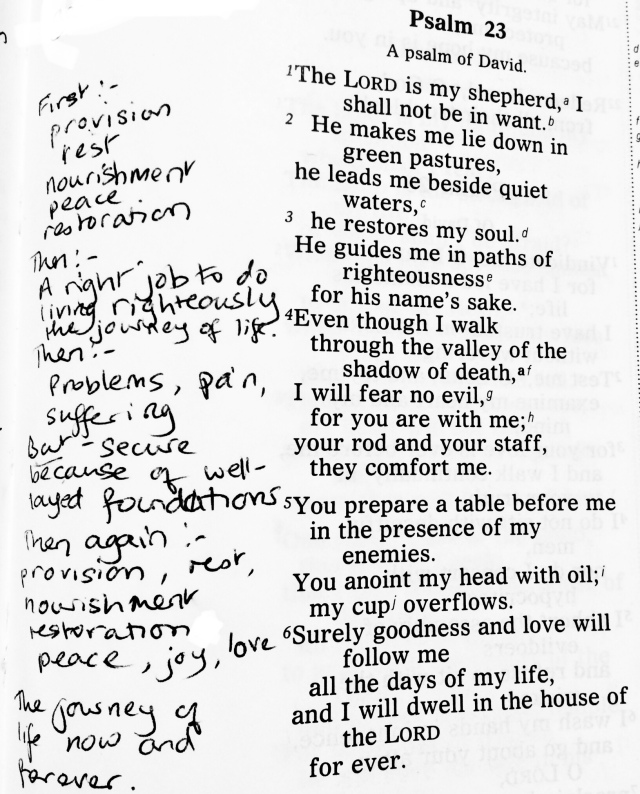From about 1805 until about 1820 there were only a few people making and selling pens, with Williamson and Wise being the largest and widest distributed. There may have been others who made pens still on the craftsman scale and sold locally, but they’re less visible from this distance.
All of that changed in the 1820’s. This is the time when the British, and especially in Birmingham, introduced mass production, methods and consistency of quality to leave the craftsman’s workshop behind and become a true industry.
There are several major names which first appear in this period, including James Perry, Josiah Mason, John and William Mitchell, and Joseph Gillott. These were not the only makers in the 1820’s, but they were the foundational innovators and inventors who took a craft and turned it into an industry. These folks also have the most written about them. For a fuller account, visit the Birmingham Pen Museum and/or get yourself a copy of People, Pens and Production (PPP)*, a book of essays about the rise and history of Birmingham’s pen trade. Because there is more information available elsewhere, I’ll only cover an outline of the period to give you an idea of how this all started. Much of the information below comes from this interesting book.
Throughout the 18-‘teens, Wise was making his barrel pens and selling them throughout England as well as America. He continued doing this well into the 1820’s. But he was soon to have competition.

Ad from 1827 for a NY Stationer
By 1820 James Perry was making pens in Manchester. He soon moved to London and became known for his inventive marketing and variety of pens. He was successfully making pens and selling them widely in 1828 when a small manufacturer of spit rings in Birmingham, Josiah Mason, sent him a few samples of an improved pen based on Perry’s own pens. Within a few days, Perry showed up in Mason’s workshop, in person, and hired him to start making the Perryan pens for the next 40 years.
Josiah Mason had been a hard-working entrepreneur from his childhood. When he was a young man he was introduced to Samuel Harrison, the split ring manufacturer who had made those famous pens for his friend Dr. Priestly in the 1790’s. Harrison was impressed and not only hired him, but eventually chose him to take over his business. It was while Mason was making his split rings for key rings, and other steel “toys” (the term at the time for small buckles and other small, steel ornaments) when he saw some of Perry’s pens being sold in a stationer’s window. He purchased one and worked for a few weeks to see if he could make it better, especially focusing on better steel and manufacturing quality to improve flexibility. The results of these experiments set up Josiah Mason to be the maker of the famous Perryan Pens for decades to come before starting off on his own.
Mason’s factory eventually became the largest pen factory in the world, but before that could happen, a few other folks came along in the 1820’s to add their contribution to the industry.
The Mitchell Brothers (John and his younger brother William) seem to have been the first to really apply industrial practices and machines to the making of steel pens.
John started out making knife blades in 1820, and in 1822 he began inventing ways to apply machinery and other mechanical tools used to make metal buttons to the manufacturing of steel pens. “By applying the hand press to the processes of shaping, piercing and slitting pens he increased the rate of production, and cut costs. He also discovered a way of slitting steel pens after than had been tempered and hardened.” (PPP)
This application of machinery, especially the hand screw press, to the making of pens was the beginning of a real revolution in the availability and especially the affordability of steel pens.
When John Mitchell first started, his pens were 30s(hillings) a dozen. Within a few years, after the application of the machinery, the price fell to 1s 6d(pence) a gross.
John’s younger brother, William, worked with him for a while before setting out on his own and starting his own steel pen business. William eventually found great success and became one of the largest and most successful pen makers in the world.
In 1821, John and William’s sister Maria also began her entry in the steel pen trade by marrying a young man of Huguenot decent from Sheffield, Joseph Gillott.
Gillott had learned the trade of knife and scissor grinding in Sheffield, and brought that to Birmingham after the Sheffield cutlery trade took a downturn following the end of the Napoleonic wars. The stories of Gillott’s early years are numerous. He began making his own pens around 1827 in a crude workshop where he heated up the pens in a common frying pan over the kitchen fire. He quickly began to make money, and continued experimentation with the fineness and quality of steel, as well as adding the grinding of the nibs to increase flexibility. (An idea most likely arising from his days grinding scissors and knives as a young apprentice)
From these humble beginnings, Gillott went on to be one of the largest pen makers in the world, and many of his pens are considered the finest examples of the flexible pointed pen, and are highly valued by calligraphers to this day. But in the 1820’s, he was just getting started.
By 1820 in the United States, Peregrine Williamson seems to have lost interest in pens, leaving only Wise still advertising. These early British manufacturers hadn’t gotten to the point, yet, of shipping their wares to the poor, benighted savages in the former colonies in any great quantities. That is not to say people in the US weren’t using steel pens. You still find them being sold by stationers, like Chapman’s ad from 1829.

And in 1828, the US House of Representatives spent a whole $1.00 on steel pens, and $1,359.27 on quills.
The full on assault by the Birmingham makers on the American market wasn’t to start until the 1830’s, and when it did, it combined with a series of other elements to create a whole new booming industry. And when you have a boom, there are always people who want to get a piece of that pie, and the number of manufacturers began to grow rapidly on both sides of the Atlantic.
* People, Pens & Production in Birmingham’s Steel Pen Trade, ed. by Brian Jones MBE, Brewin Books, 2013.
Share this:





